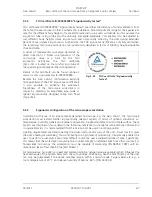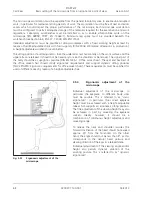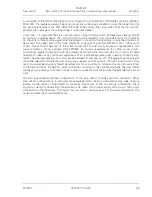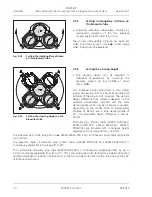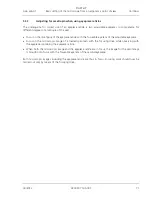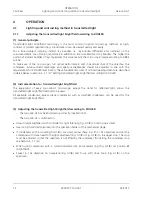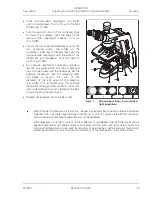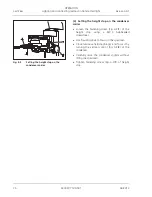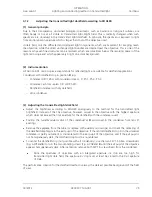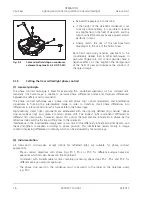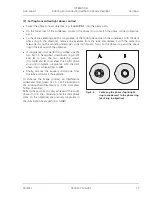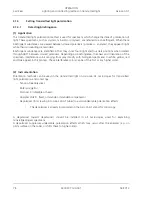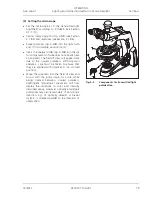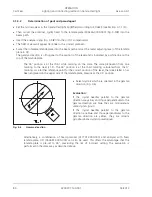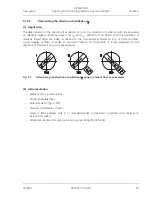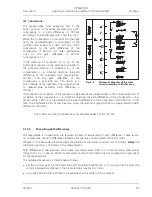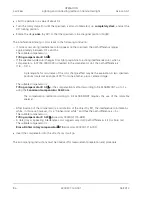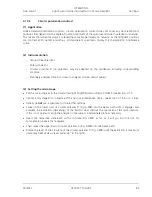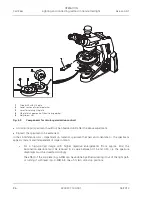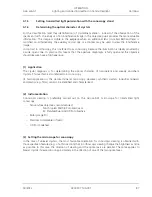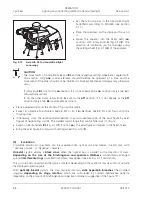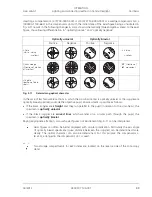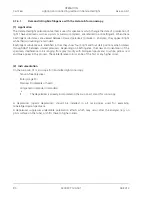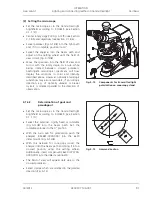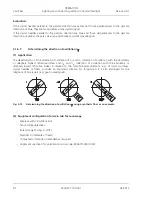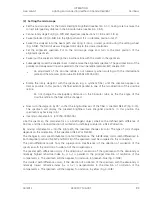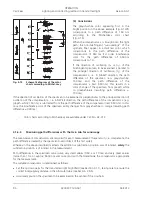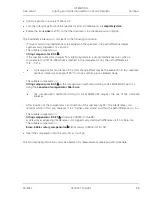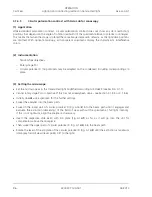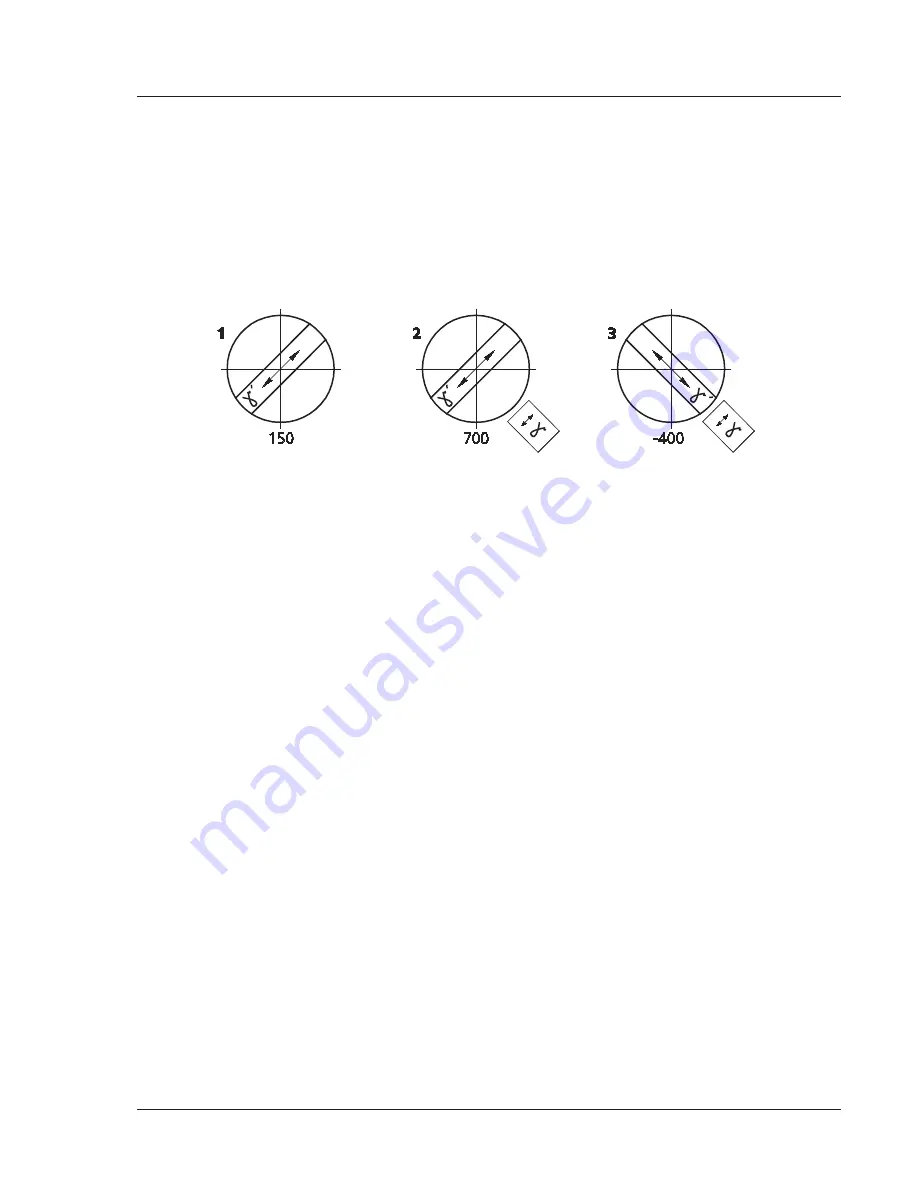
OPERATION
Axio Lab.A1
Lighting and contrasting method in transmitted light
Carl Zeiss
04/2013 430037-7144-001
81
4.1.4.3
Determining the direction of oscillation n
JJ
(1) Application
The determination of the direction of oscillation of n
J
and n
J
'
(direction of oscillation with the absolutely
or relatively highest refractive index) and n
D
and n
D
'
(direction of oscillation with the absolutely or
relatively lowest refractive index) in relation to the morphological directions, e.g. of crystal surfaces,
crystal needles or fibers, provides an important criterion for recognition. It is also employed for the
diagnosis of biocrystals (e.g. gout, pseudogout).
Fig. 4-7
Determining the direction of oscillation n
J
’
using a synthetic fiber as an example
(2) Instrumentation
Eyepiece with crossline reticle
Tension-free objectives
Rotary stage Pol (Fig. 4-5/
1
)
Polarizer D (rotatable or fixed)
Screw-in fixed analyzer slide D or lambda/lambda4 compensator combined with analyzer (in
Axio Lab.A1 tubes)
Alignment specimen for polarization microscope (453679-0000-000)

